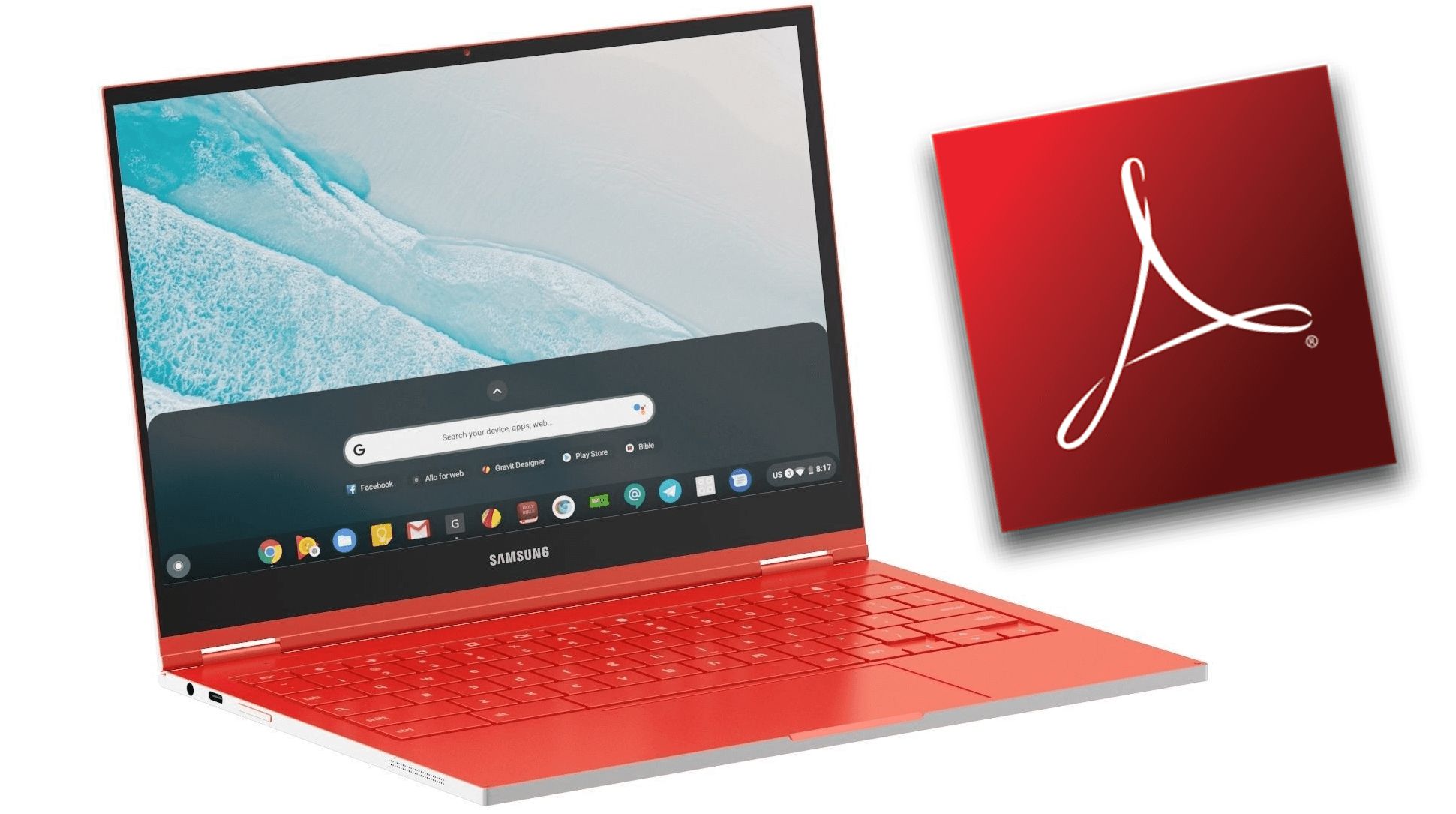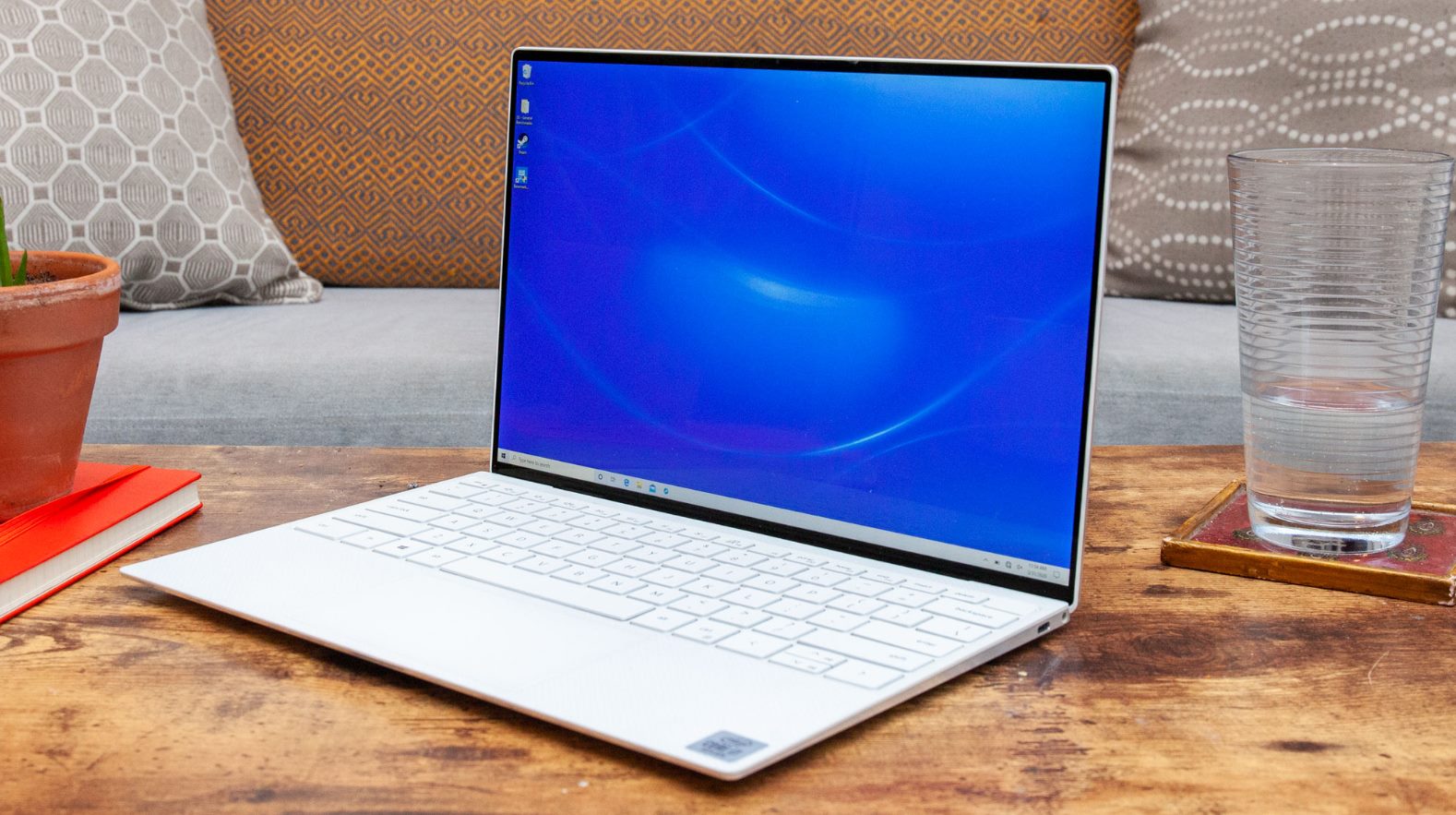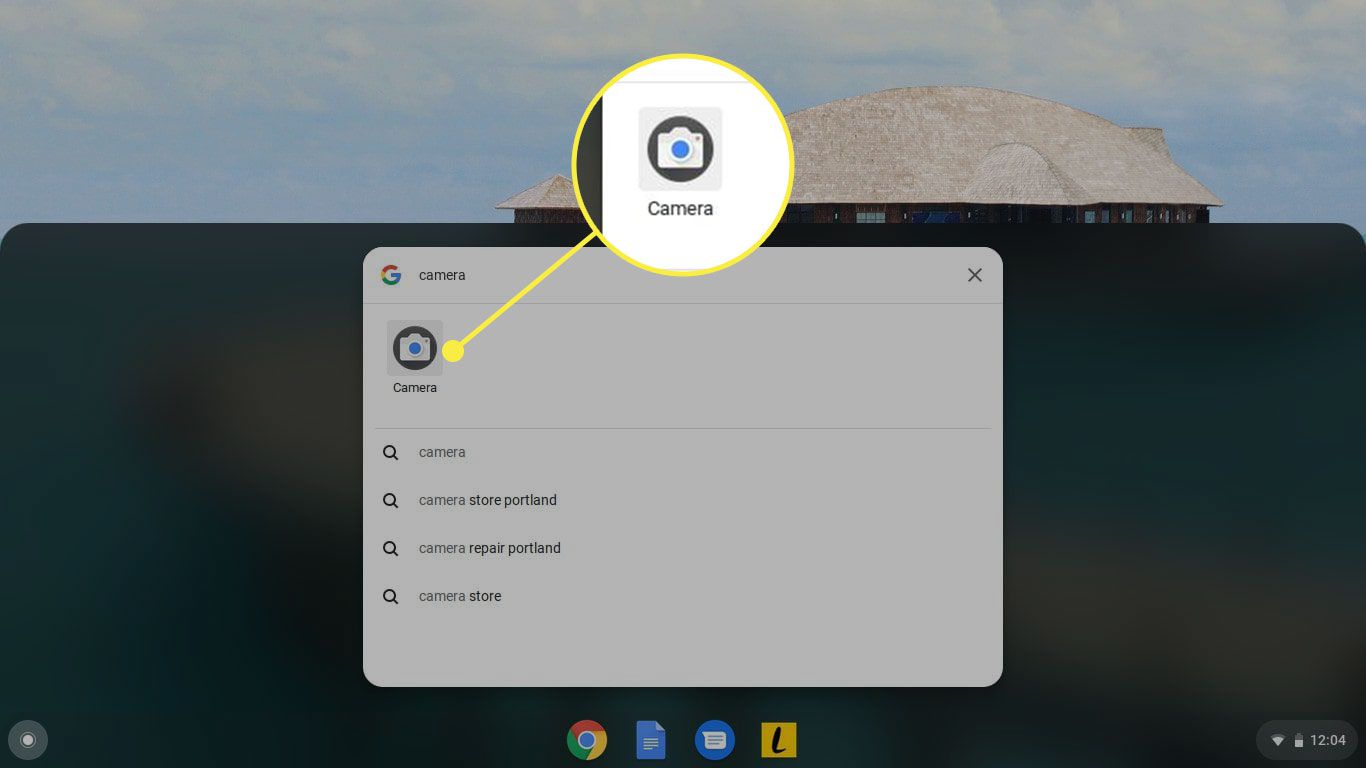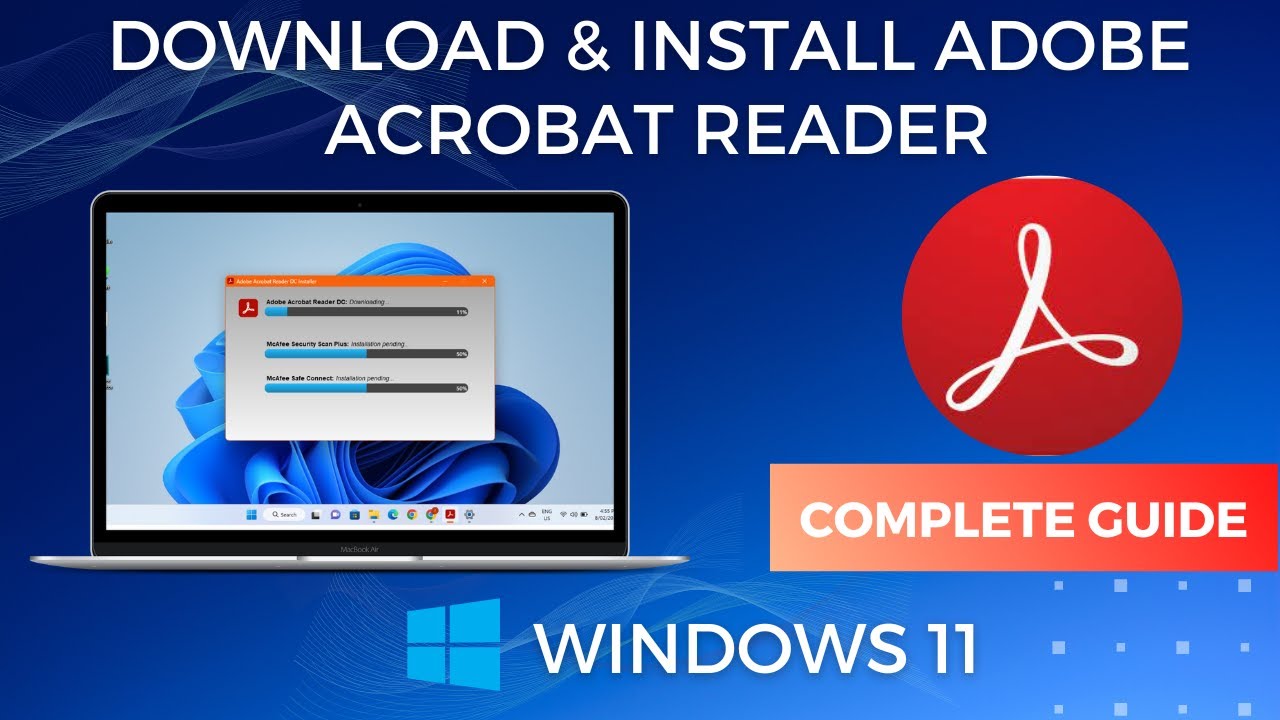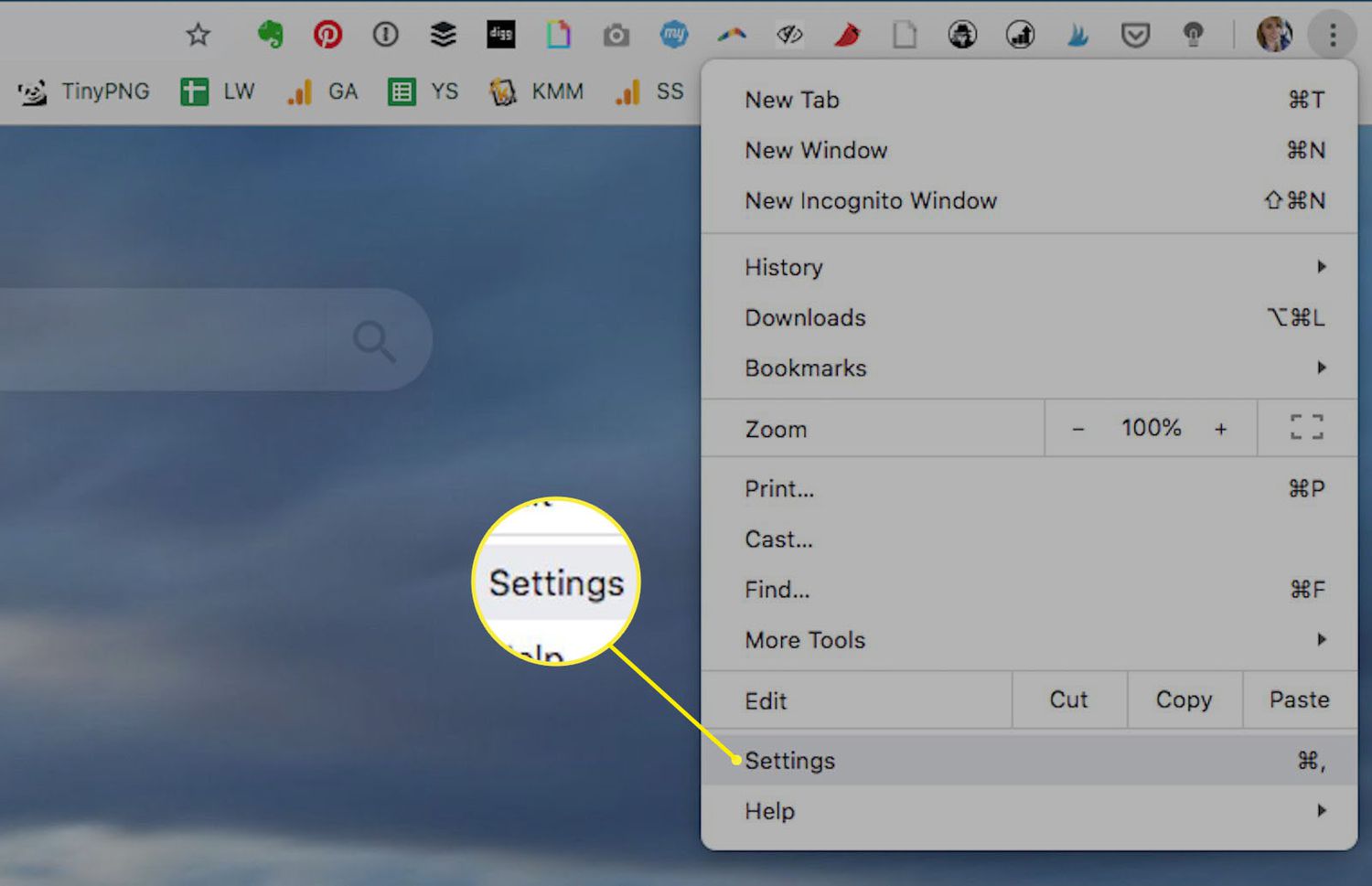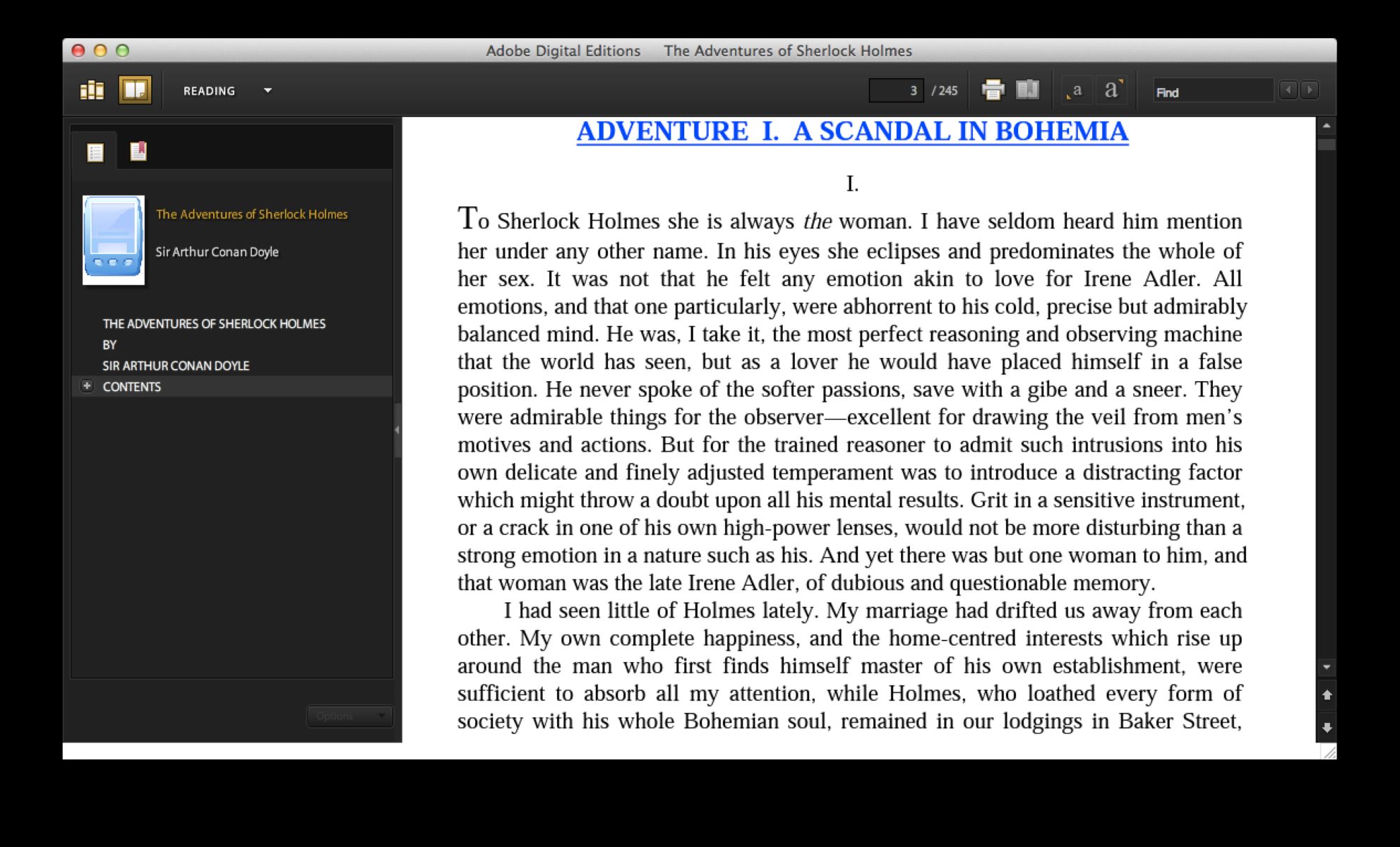Introduction
Adobe Reader is a popular software application that allows users to view, navigate, and print PDF (Portable Document Format) files. It offers a wide range of features, including the ability to annotate and fill out forms. While Adobe Reader is widely available for various operating systems, including Windows and macOS, Chromebook users may encounter some challenges when trying to download and install Adobe Reader on their devices.
Chromebooks are primarily designed to work with web-based applications, and as such, they have certain limitations when it comes to downloading and installing traditional software programs. However, there are still ways to get Adobe Reader to work on your Chromebook. In this article, we will explore three different methods you can use to download and install Adobe Reader on your Chromebook, allowing you to view and interact with PDF files seamlessly.
Whether you need to read a document for work, school, or personal use, having Adobe Reader on your Chromebook can greatly enhance your reading experience. Let’s dive into the methods and discover how you can get Adobe Reader up and running on your Chromebook.
Method 1: Download Adobe Reader from Chrome Web Store
The first method to download Adobe Reader on your Chromebook is by accessing the Chrome Web Store. The Chrome Web Store is a marketplace where you can find various apps and extensions for your Chromebook.
Here are the steps to download Adobe Reader from the Chrome Web Store:
- Open your Chrome browser on your Chromebook.
- Click on the “Apps” icon located on the bookmark bar.
- Once the Chrome App Launcher opens, click on the “Web Store” icon.
- In the search bar, type “Adobe Reader” and hit enter.
- From the search results, click on the Adobe Reader app.
- Click on the “Add to Chrome” button to start the installation process.
- Once the installation is complete, you can find Adobe Reader by clicking on the “App Launcher” and searching for it in the list of installed apps.
That’s it! You have successfully downloaded Adobe Reader from the Chrome Web Store. Now you can open the app and start viewing your PDF files.
It’s important to note that the Adobe Reader available on the Chrome Web Store is a lightweight version specifically designed for Chromebooks. While it offers basic features to view and navigate PDF files, it may not have all the advanced functionalities found in the desktop version of Adobe Reader.
Method 2: Download Adobe Reader from Adobe’s Official Website
If you prefer to have the full version of Adobe Reader on your Chromebook, you can download it directly from Adobe’s official website. Here’s how:
- Open your Chrome browser on your Chromebook.
- Go to the Adobe Reader download page at https://get.adobe.com/reader/.
- Ensure that the website detects your operating system as “Chrome OS.”
- Click on the “Download Now” button to start the download.
- Once the download is complete, locate the downloaded file in your “Downloads” folder.
- Double-click on the downloaded file to start the installation process.
- Follow the on-screen prompts to complete the installation.
After installation, you can find Adobe Reader in your app launcher or by searching for it using the magnifying glass icon in your shelf.
Downloading Adobe Reader from Adobe’s official website ensures that you have access to all the latest features and updates. However, it’s important to keep in mind that the full version of Adobe Reader may require more system resources compared to the lightweight version found on the Chrome Web Store.
Method 3: Download Adobe Reader using an APK File
If you are unable to download Adobe Reader from the Chrome Web Store or Adobe’s official website, you can try downloading the app using an APK file. APK stands for “Android Package Kit,” and it is the file format used for distributing and installing Android applications.
Here’s how you can download Adobe Reader using an APK file:
- Enable “Developer Mode” on your Chromebook. You can do this by going to Settings, then scrolling down to “Linux (Beta),” and turning on the Developer mode.
- After enabling Developer Mode, open the Linux Terminal on your Chromebook.
- Download the APK file for Adobe Reader. You can do this by searching for “Adobe Reader APK” on a reliable APK download website.
- Once you have downloaded the APK file, navigate to the Downloads folder in the Linux Terminal.
- Install the APK file by using the command:
sudo apt install ./(replace<path_to_adobe_reader.apk>with the actual path to the downloaded APK file). - Follow the on-screen instructions to complete the installation process.
Upon successful installation, you should be able to find Adobe Reader in your app launcher or by searching for it using the magnifying glass icon in your shelf.
It’s important to note that using APK files to install applications on your Chromebook carries some risks, as these files are not directly downloaded from official sources. Exercise caution and only download APK files from trusted websites to ensure your device’s security.
Conclusion
Downloading and installing Adobe Reader on your Chromebook may require alternative methods compared to other operating systems. Fortunately, there are three effective ways to get Adobe Reader up and running on your Chromebook.
In the first method, you can download Adobe Reader directly from the Chrome Web Store. This provides a lightweight version of the application specifically designed for Chromebooks.
The second method involves downloading Adobe Reader from Adobe’s official website. This gives you access to the full version of the software with all its advanced features and regular updates.
If the previous methods do not work for you, the third method allows you to download Adobe Reader using an APK file. However, exercise caution when downloading APK files, as they may come from unofficial sources.
Regardless of the method you choose, having Adobe Reader on your Chromebook allows you to view, navigate, and interact with PDF files seamlessly. Whether you need to read documents for work, school, or personal use, Adobe Reader ensures a smooth and efficient reading experience.
Remember to consider your specific requirements and preferences when deciding which method to use. Each method has its own advantages and limitations, so choose the one that best suits your needs.
With Adobe Reader installed on your Chromebook, you can confidently open and explore PDF files, annotate documents, fill out forms, and enjoy all the benefits this versatile software offers.







